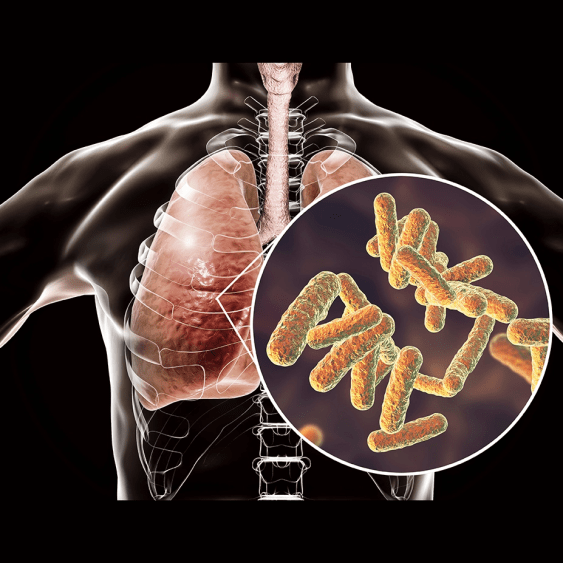Introduction:
While overweight and obesity are known risk factors for 15 cancer types, most studies rely on BMI, which does not differentiate between fat mass (FM) and fat-free mass (FFM). This prospective study assessed the associations between FM and FFM (standardized by height) with overall and site-specific obesity-related cancer risks.
Methods:
- 55,780 Danish adults (29,142 women) aged 50–64 were enrolled from 1993–1997.
- Fat mass and fat-free mass were measured by bioelectrical impedance and expressed as height-adjusted indices (FMI and FFMI) per 1 kg/m².
- Cancer diagnoses were tracked through the Danish Cancer Register until 2022.
- Sex-specific Cox models estimated hazard ratios for overall cancer and 15 obesity-related sites, adjusting FMI and FFMI for each other plus lifestyle and socioeconomic factors.
Results:
The following tables summarize cancer sites where statistically significant risk increases were observed per 1 kg/m² rise in fat-mass or fat-free-mass indices, presented separately for men and women. Effect sizes (hazard ratios with 95 % confidence intervals) indicate how each body-composition component was associated with specific obesity-related cancers and with the combined cancer group.
Results for men:
|
Cancer Type |
HR per 1 kg/m² FMI |
95% CI |
FFMI Association |
|
Colorectal cancer |
1.04 |
1.00–1.07 |
Not significant |
|
Liver cancer |
1.16 |
1.06–1.27 |
Not significant |
|
Kidney cancer |
1.10 |
1.02–1.18 |
Not significant |
|
Overall cancers |
1.02 |
1.01–1.04 |
Not significant |
Results for women:
|
Cancer Type |
HR per 1 kg/m² |
95% CI |
Body Component |
|
Oesophageal adenocarcinoma |
1.39 |
1.00–1.92 |
FMI |
|
Endometrial cancer |
1.07 |
1.03–1.12 |
FMI |
|
Ovarian cancer |
1.07 |
1.01–1.13 |
FMI |
|
Overall cancers |
1.01 |
1.00–1.02 |
FMI |
|
Stomach (cardia) cancer |
1.43 |
1.00–2.03 |
FFMI |
|
Thyroid cancer |
1.41 |
1.07–1.87 |
FFMI |
|
Multiple myeloma |
1.33 |
1.08–1.63 |
FFMI |
|
Post-menopausal breast CA |
1.05 |
1.00–1.10 |
FFMI |
|
Overall cancers |
1.04 |
1.01–1.08 |
FFMI |
Conclusion:
Both fat mass and fat-free mass are important in assessing cancer risk, with notable differences between men and women. In men, higher fat mass is linked to several cancers. In women, both fat and fat-free mass are associated with increased risk, depending on cancer type. This highlights the importance of evaluating body composition rather than relying solely on BMI.
ECO, 11-14 May 2025, Malaga, Spain



